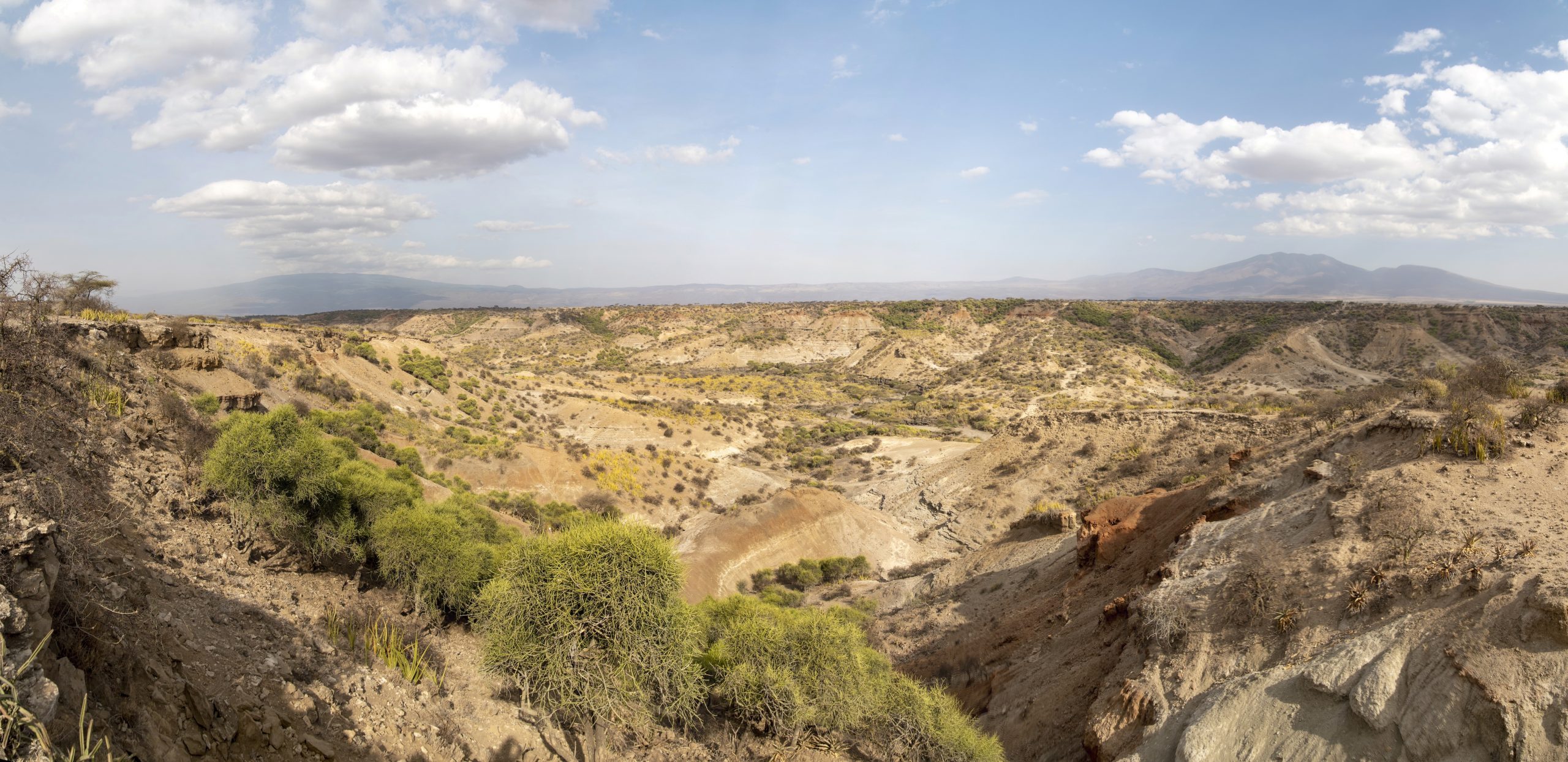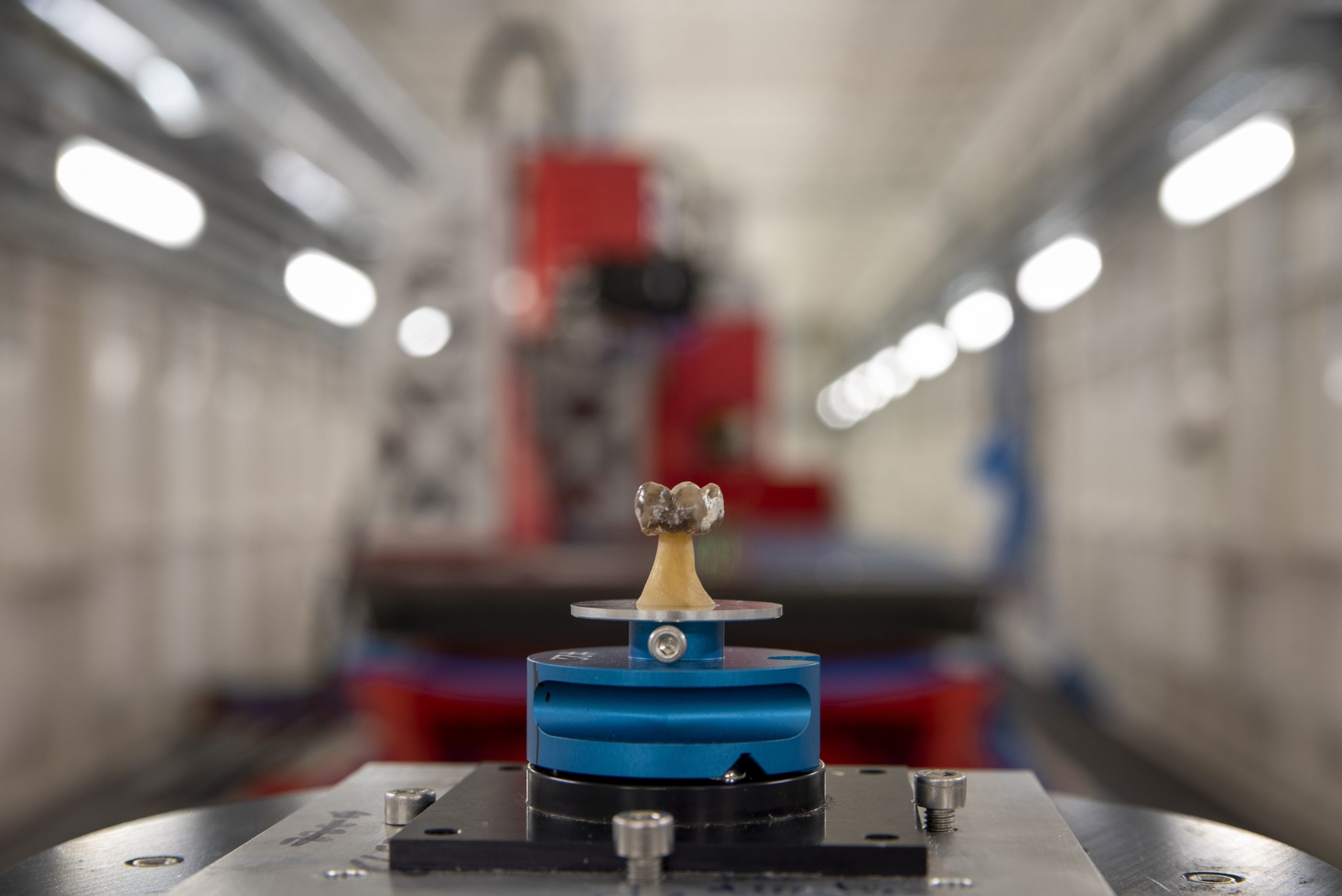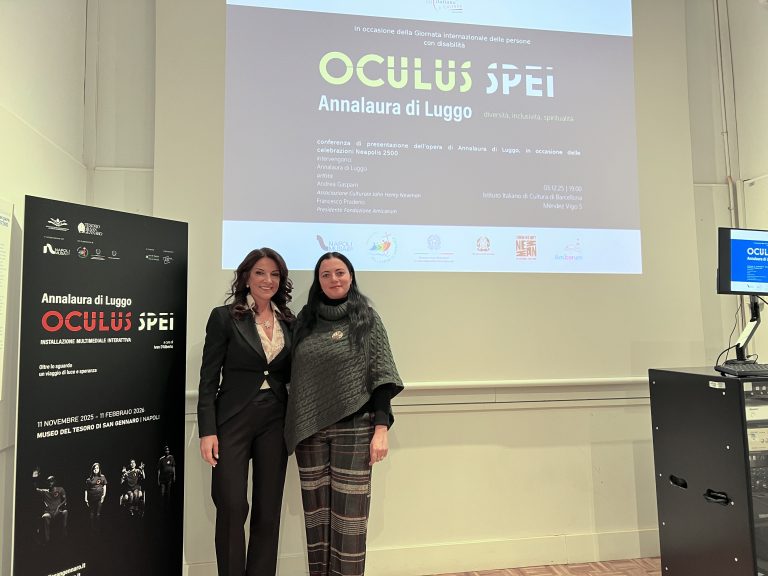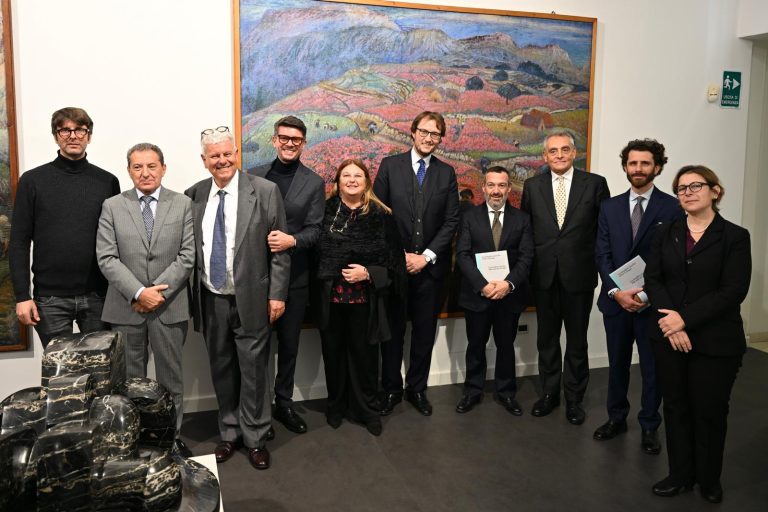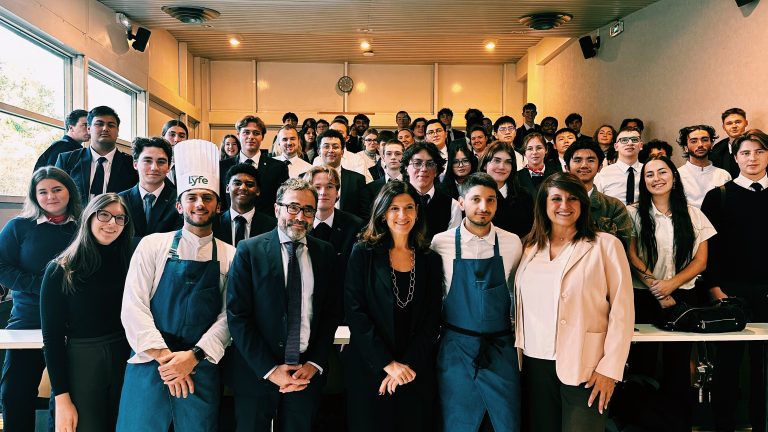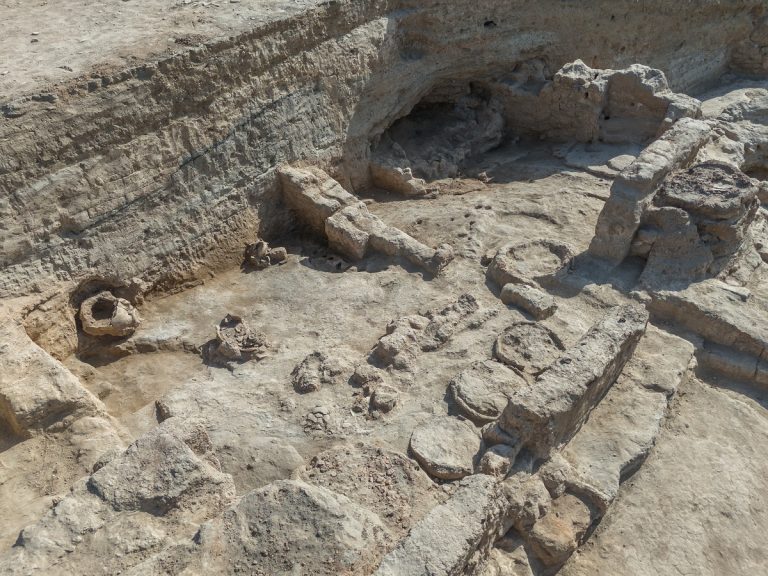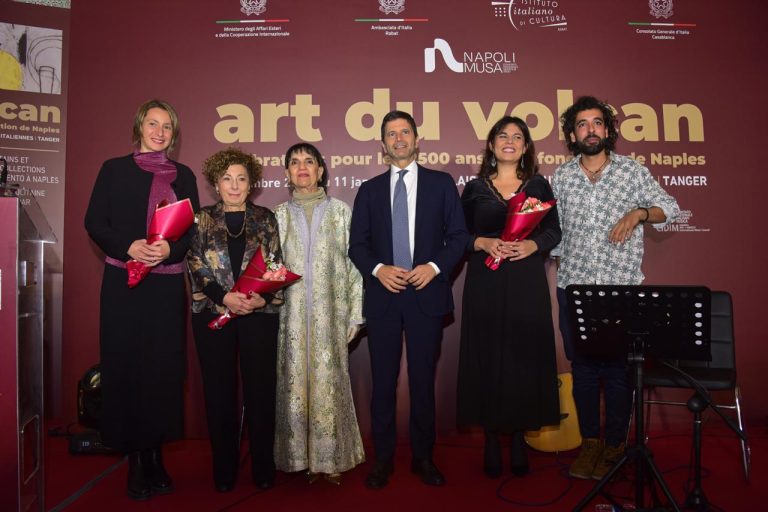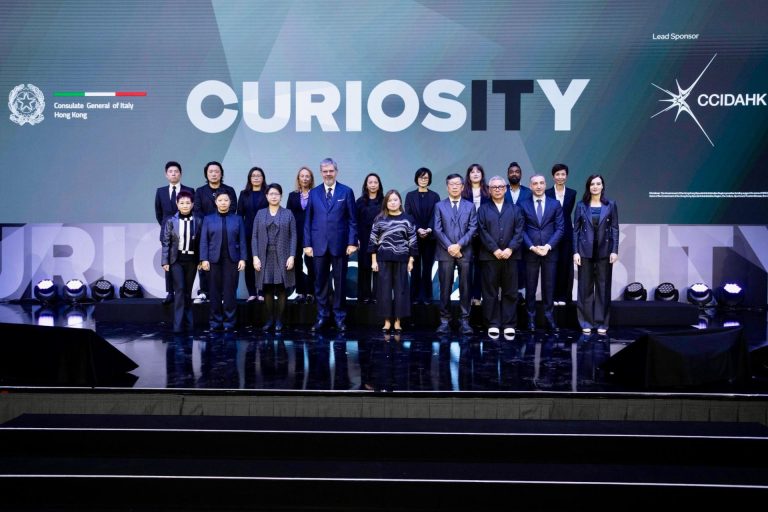Important scientific news from the Italian paleoanthropological mission in Tanzania is due to the study of extraordinary human fossils recently discovered in Olduvai Gorge, published by an international research team with technologies never before applied to the Tanzanian cultural heritage.
Olduvai Gorge is one of the most iconic sites for the study of human evolution, a treasure trove of sensational discoveries, such as the two hominid species Paranthropus boisei and Homo habilis and a rich record of stone tools.
Thanks to recent surveys, members of the Italian mission have found two hominin teeth, catalogued at the National Museum of Dar es Salaam as OH 92 and OH 30B (OH stands for “Olduvai Hominid”).
These are two perfectly preserved lower molars, with dimensions significantly larger than those of modern humans. Both belong to individuals who are not yet adults, as shown by the root in formation. Their morphology is very different: OH 92 has low cusps and a complex occlusal surface rich in folds, OH 30B has high cusps and a flatter surface. The two teeth are dated, respectively, to approximately 1.5 and 1.8 million years.
Thanks to the collaboration with Tanzanian institutions, it was possible to temporarily export the two teeth to analyze them by advanced methods. In particular, they were examined at the European Synchrotron Radiation Facility (ESFR) in Grenoble, a particular type of particle accelerator. During acceleration on the circular path of the synchrotron, the subatomic particles emit energy in the form of light beams that are used to obtain micro-tomographic images. In this way, it was possible to virtually reconstruct and at very high resolution the internal portions of the teeth and the enamel-dentine junction (EDJ) surface.
Through the study of the EDJ and the comparison with a large sample of teeth from numerous extinct hominid species, it was demonstrated that both teeth can be referred to the genus Paranthropus. The differences in external morphology can therefore be explained by a metameric variation (metamers are elements that repeat in a row like the rings of an earthworm or, indeed, the teeth of a mammal) between OH 30B, which is a first molar, and OH 92, which is a second (or third) molar. These results take on an unprecedented importance for the variability of the genus Paranthropus in Eastern Africa.
A further surprising result concerns the tooth OH 30B. It was found in a spot not far from where, in 1969, the legendary Mary Leakey recovered some teeth and bone fragments attributed to a Paranthropus boisei labelled as OH 30. The new tooth represents the missing right molar of that same individual, which was not seen by the Leakeys’ team and was identified about 50 years later!

